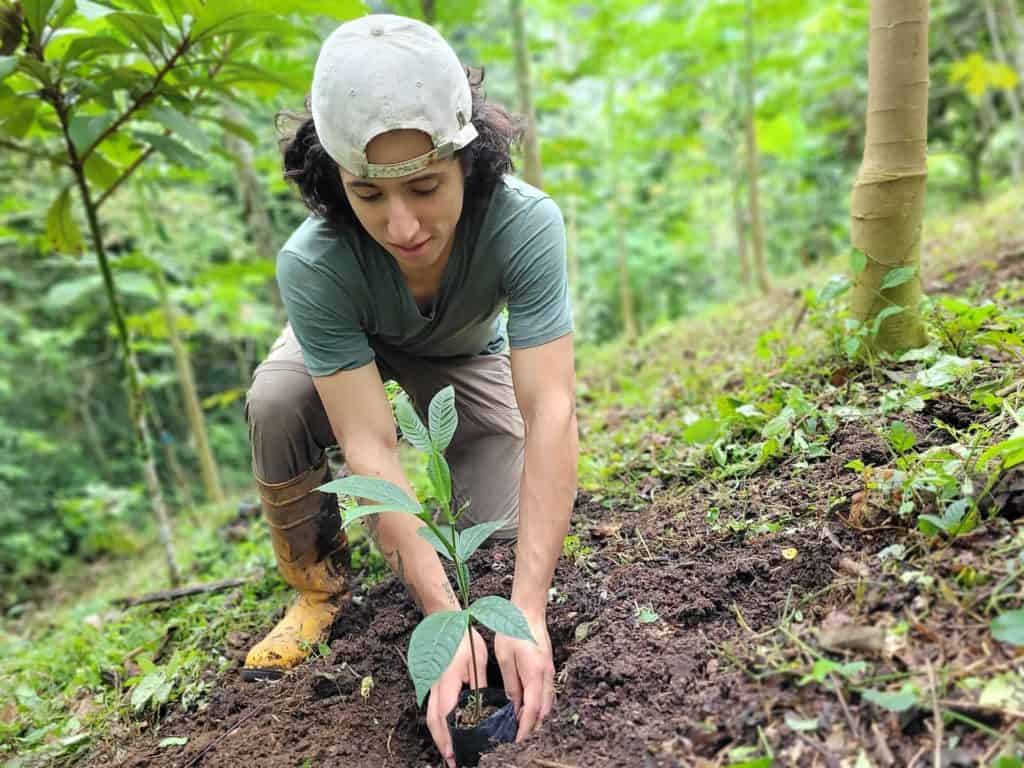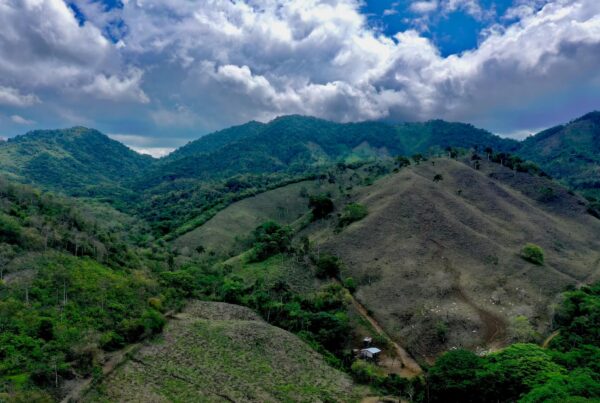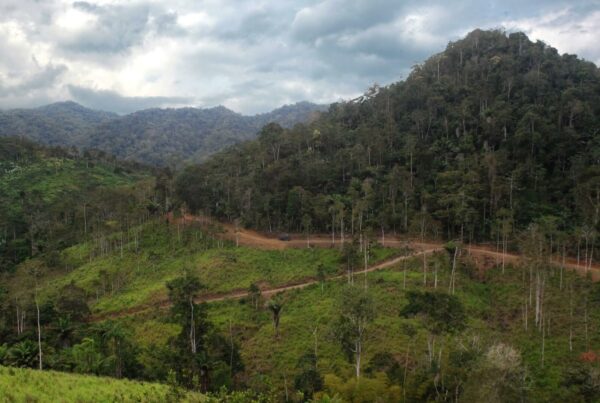Introduction
Farmers use their land in accordance with whatever generates the most income. This is the basis for an innovative ecological restoration strategy known as “Payments for Ecosystem Services” (PES). Think of it as an economic solution to an ecological problem. Here’s how we’re applying this model in Ecuador, and why we believe it’s the wave of the future.
What does “Payments for Ecosystem Services” (PES) mean?
Payments for Ecosystem Services (PES) are financial incentives offered to landowners in exchange for managing their land to provide some sort of ecological service—for example, planting trees that remove carbon from the atmosphere. That’s the most common example.
Another example is paying landowners to preserve forest at the headwaters of a river that provides drinking water to a large city downstream. In this case, the people downstream quantify the value of a clean and consistent water source, and then pay the people upstream to manage their land accordingly.

PES Projects Around the World
PES projects were pioneered by Costa Rica in the 1990s. Since then, they’ve become increasingly popular in the realm of conservation and reforestation. Technically, most carbon offset projects are also PES projects.
The world’s largest landscape restoration project is a PES program implemented by China, nicknamed “Grain for Green”. Cash incentives to 32 million households have triggered the restoration of over 28 million hectares over two decades.
In the US, there are numerous ongoing PES programs aimed at watershed protection—ranging from Florida and San Antonio to Vermont and Oregon. Germany and the U.K. host a number of PES programs aimed at climate change mitigation and watershed protection. In countries like Mexico and Vietnam, PES programs are also used for biodiversity protection.
How does PES work?
Think of PES as an economic solution to an ecological problem. When applied properly, the PES model has a proven track record in shifting land-use patterns. But there are a few factors that determine the success or failure of a project that employs this model.
For PES payments to be effective, the payment levels have to exceed the opportunity costs of alternative activities. If not, farmers will choose to continue business-as-usual. This seems obvious, but this is where some PES projects fail.
For the project to generate legitimate carbon benefits, it must also satisfy two key criteria: additionality (i.e., without the payments, the trees would probably not have been planted) and permanence (i.e., the trees will remain alive and well for many decades, faithfully storing carbon in their wood).
Last but not least, it is our opinion that a PES project is truly successful if it also protects or restores biodiversity and improves the livelihoods of people. Our Community Reforestation Program is carefully designed to check all of these boxes.
PES in Ecuador
TMA’s Community Reforestation Program is a PES project. TMA pays farmers $1,821 per acre over a 5-year period to reforest their own degraded land. This equates to $4,500 per hectare. The most quantifiable benefit of this service is the net removal of 78 tons of CO2 from the atmosphere, over a period of 30 years, for each acre that is reforested. In terms of hectares, net carbon removal is 191 tons of CO2.
But that it’s only one benefit. Just as important, but harder to quantify, are benefits like habitat restoration for endangered species, significantly reducing extraction pressure on the most threatened rainforest on earth, watershed protection, erosion control, and regional water cycle sustenance. In terms of socioeconomic benefits, this project increases farmers’ earnings by 300% per acre. On average, earnings from this project account for over half of the farmers’ total annual income.
How We Do It
To learn more about how our Community Reforestation Program works, check out our 2-minute animated video below.





